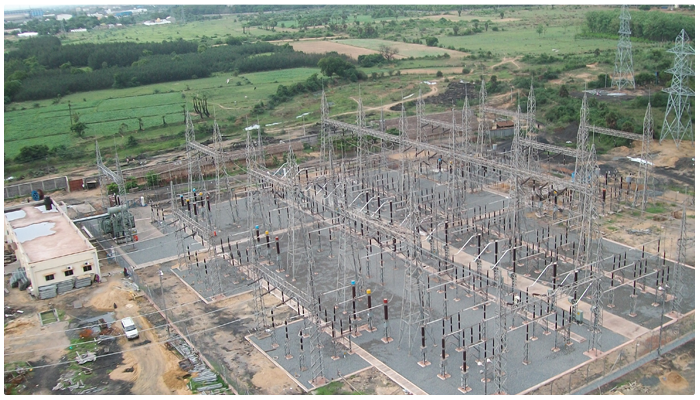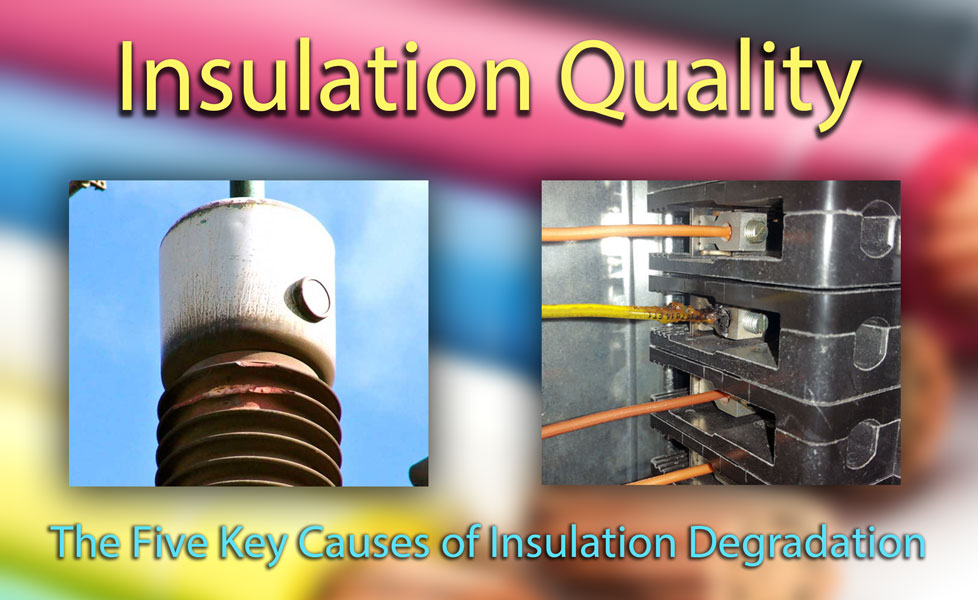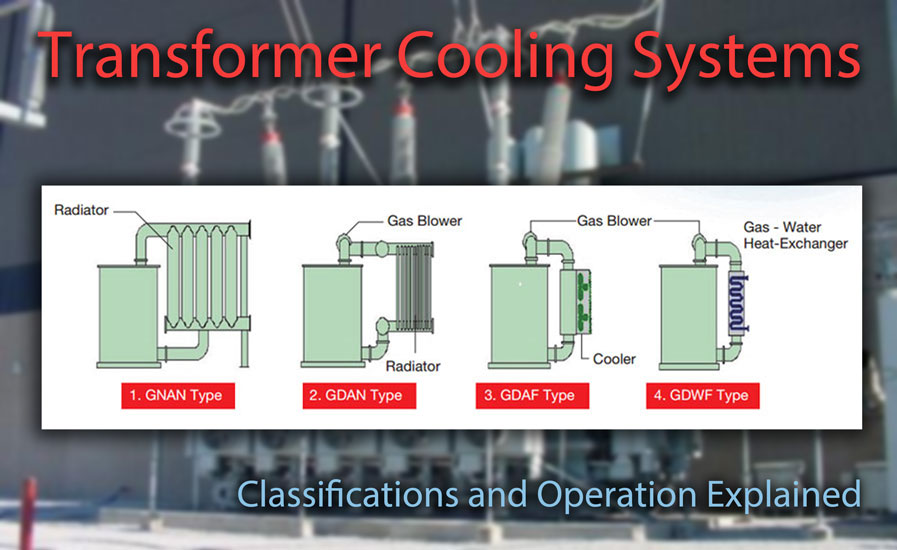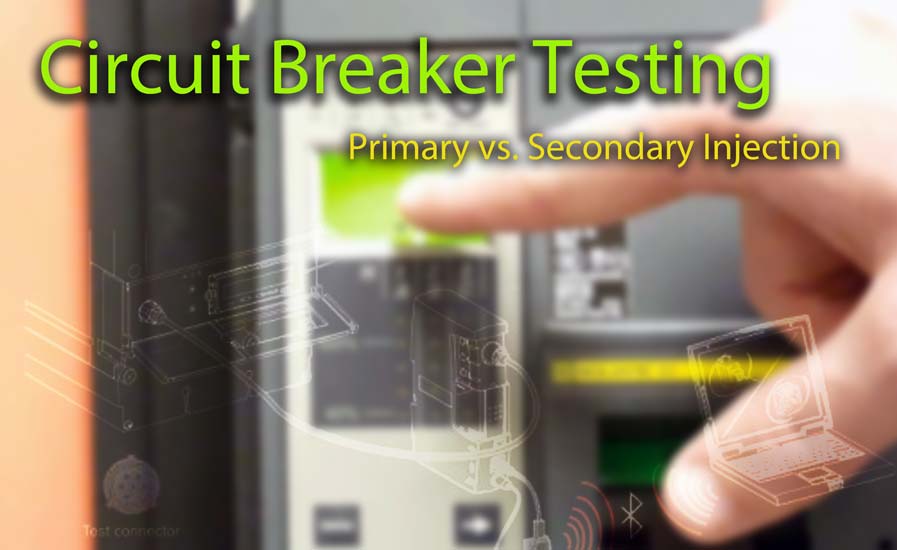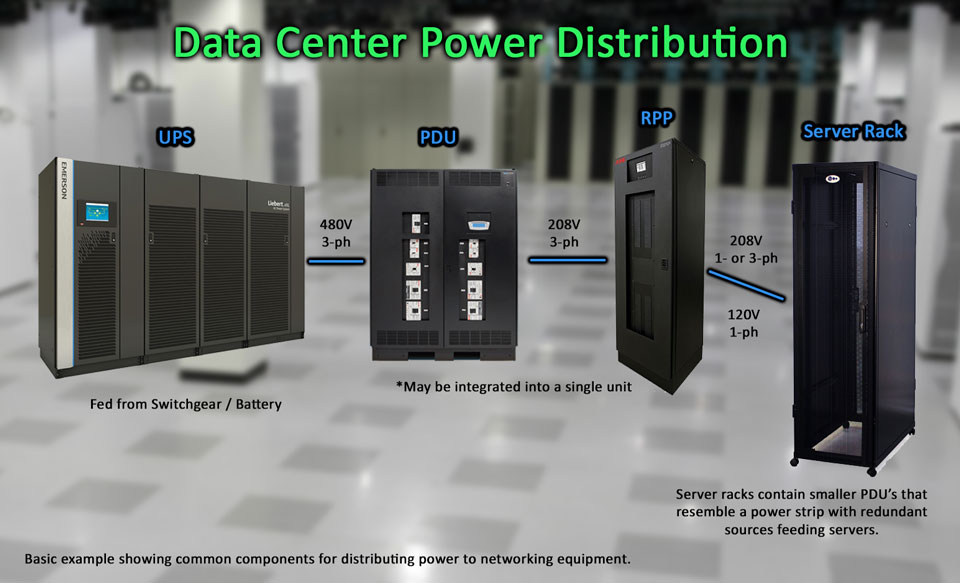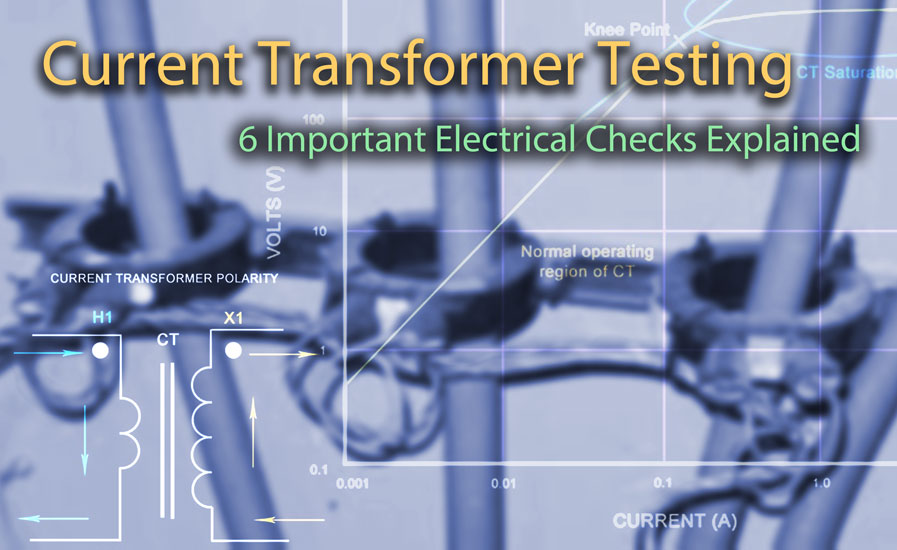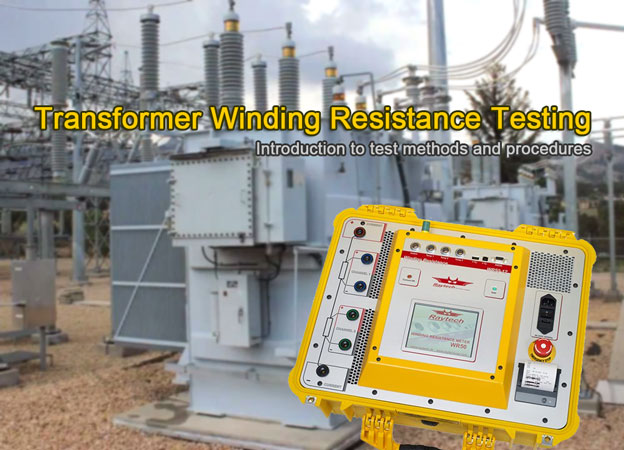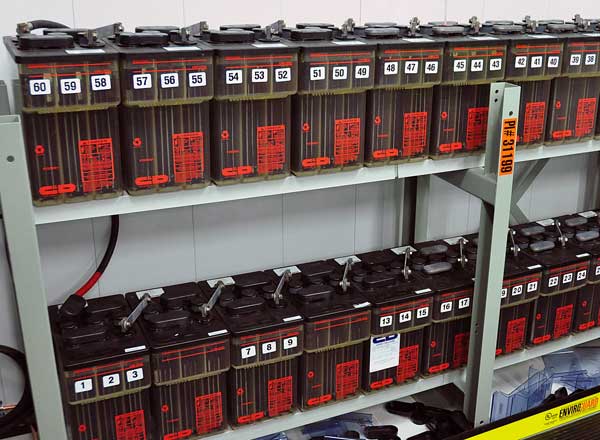Search TestGuy.net
Quick Links
Timeline
Loading...
Jobs Board
Featured Articles
🔬 Looking for a supportive community of electrical test technicians? TestGuy is your knowledge sharing hub where you can connect with professionals in the field, exchange insights, and stay up-to-date with the latest electrical testing practices. Join us today and become a part of our thriving community!
Upcoming Webinars
-
2026-01-15 19:00:00
- Full Agenda
New Topics
Popular Topics
- 6 Electrical Tests for Current Transformers Explained
- Inverse Time Overcurrent Relays and Curves Explained
- Transformer Tap Changers: Basic Principles and Testing Explained
- Transformer Winding Resistance: Test Methods and Procedures Explained
- Motor Nameplate and Ratings Explained
- Current Transformer Basics: Understanding Ratio, Polarity, and Class
- Test Equipment 101: The Basics of Electrical Testing
- All Popular Topics
